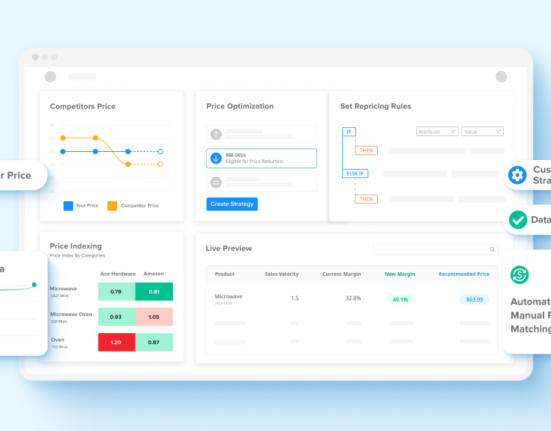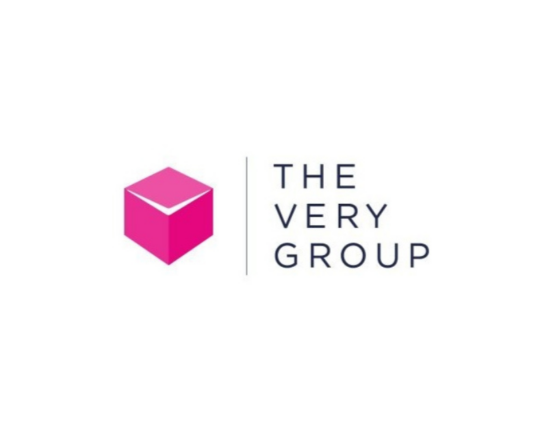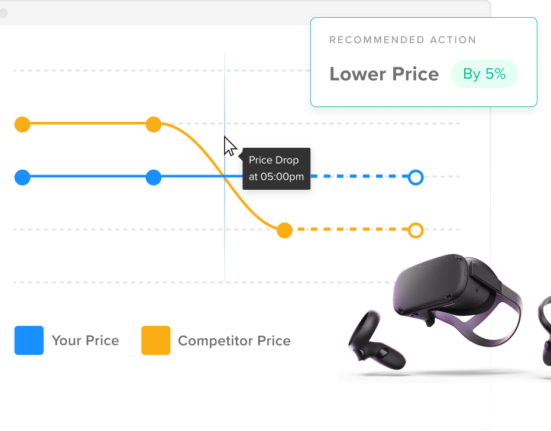Average Unit Retail, or AUR, is a key metric used in retail today, alongside other important data points such as market share, average order value, and units per transaction.
But what is Average Unit Retail, and why is AUR important? Let’s find out.
Average Unit Retail Defined
Average Unit Retail, in simple terms, is the average price an item is sold for in a specific time period.
AUR is calculated by dividing the total revenue or net sales in dollars by the number of items sold. If your total revenue for the day was $2,000, and you sold 100 units, your AUR for that day would be $20.
In our recent blog on price intelligence, we mentioned that customers often have fixed budgets. Raising your prices could decrease the number of units sold. This is reflected by changes to your AUR.
Why AUR is Important
Why does this matter for brands and retailers? Average Unit Retail is a great metric to analyze alongside your other pricing data because it can shed light on how much money customers are willing to spend, how many items they’re willing to buy, and if the cost of those items is too high or low.
For example, one women’s apparel retailer uses AUR to determine whether prices are properly optimized. Depending on your business goals, your prices may not be perfect if your AUR increases but total revenue stays the same. That could mean that shoppers are buying fewer items from your store because your prices are too high.
In this case, perhaps decreasing prices slightly is the better course of action, as there’s not enough consumer demand—or desire—to buy more units at your current prices. Or, you can offer a sales promotion to move more units if shoppers aren’t responding to core pricing changes.
Average Unit Retail, in simple terms, is the average price an item is sold for in a specific time period.
How to Use the Average Unit Retail Metric
There are multiple other ways brands and retailers are using this metric to support their operations.
In addition to looking at Average Unit Retail to see if prices are too high and decreasing the number of items sold, you could also:
- Monitor resellers for price changes or discounts
- Better understand market share and conditions
- Support changes to inventory and categories
- and more!
AUR is a complementary metric in this way. It works well when paired with comprehensive price intelligence, competitor data, and other KPIs. It can help you understand where price trends are going and who are your top competitors, plus it can identify promotional trends and other price reductions.
“My customers won’t always tell me when they’re going to discount an item or have some sort of pricing approach,” an outdoor apparel retailer explained to Wiser. “Usually, I have to see the numbers where your margin drops or your AUR drops off a bit.”
Of course, it’s important to calculate AUR properly to get accurate data. The total revenue must be post-markdown to reflect its price at sale. That’s why using net sales after markdowns is crucial, otherwise, the AUR could be incorrectly inflated by a full-priced item.
Closing Thoughts
Average Unit Retail can be a valuable tool for brands and retailers. When calculated properly, it can be an all-around metric that highlights consumer behavior and the influence of prices. You can then use it to support any changes to prices or inventory, better positioning your business in the market for greater revenue—and bigger margins.















